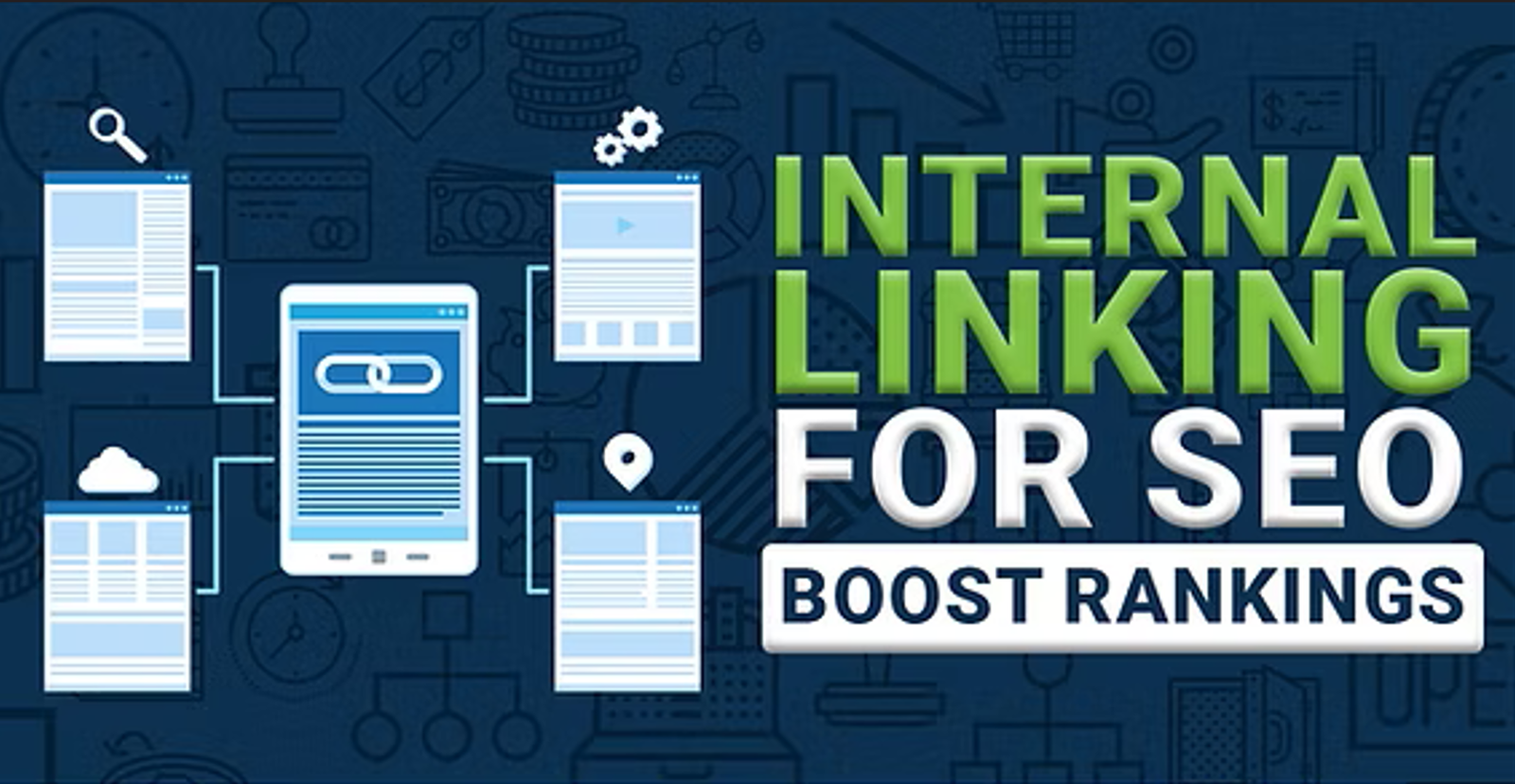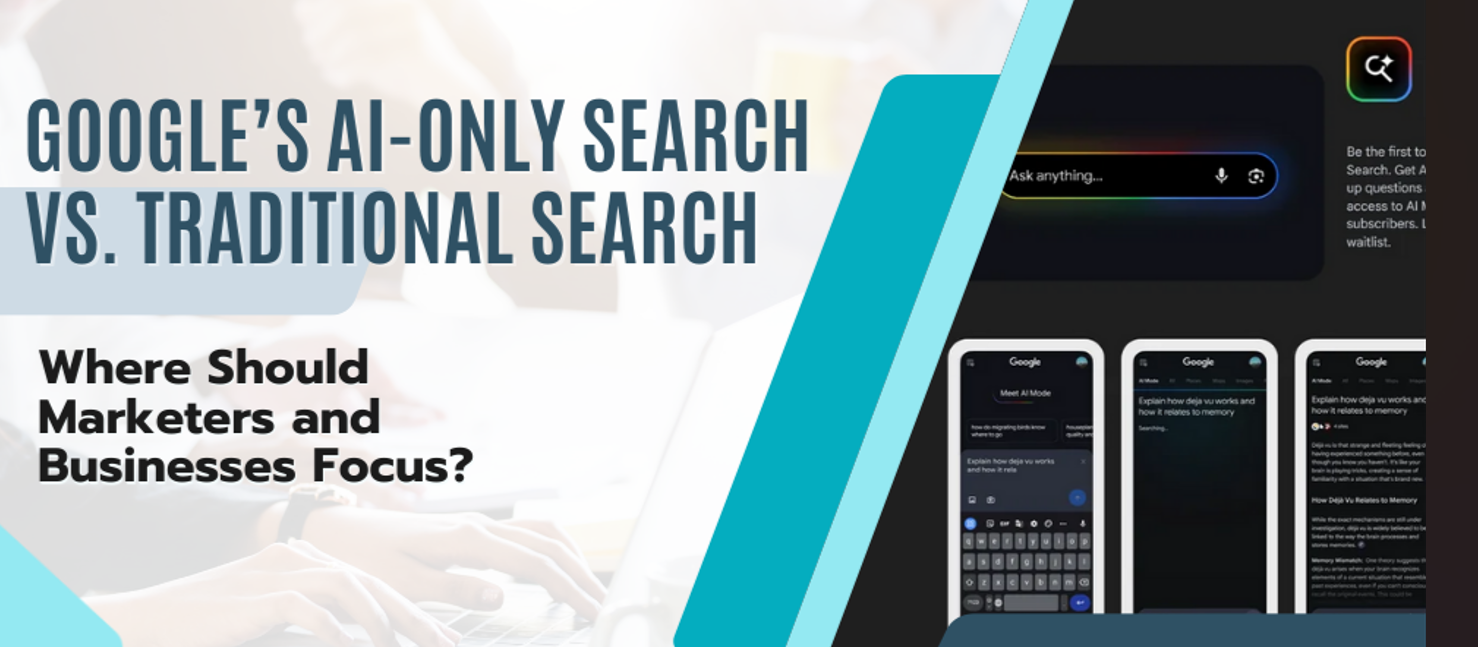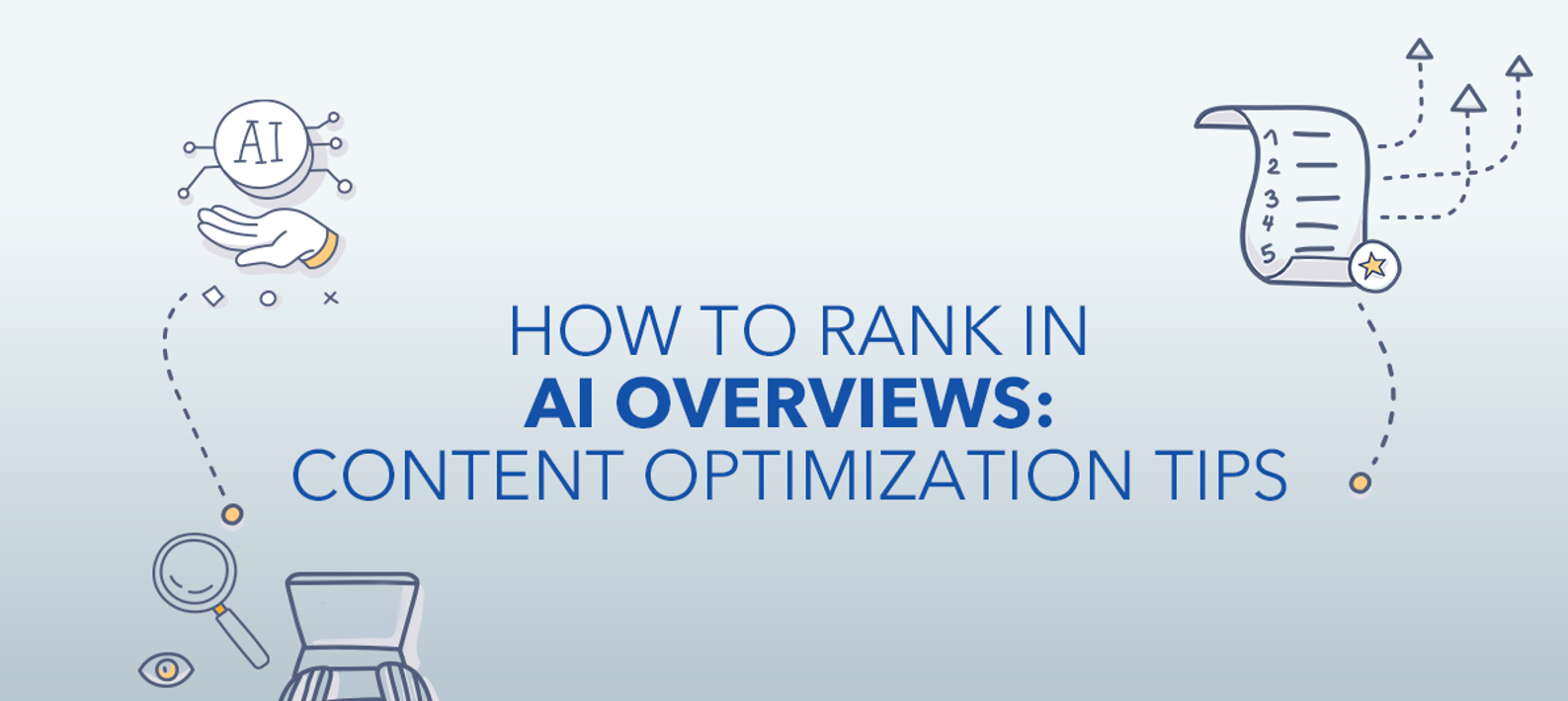SEO is a key part of growing any business online. Two critical factors that can improve your website’s SEO are URL structures and internal linking. When improved and used together, they make your site easier to navigate, help search engines understand your pages better, and boost your rankings.
What Are URL Structures and Why Are They Important?
What is a URL Structure?
A URL is the web address you type or click to visit a page. A good URL structure means these addresses are simple, clear, and tell you what the page is about.
Why Should You Improve URL Structures?
Websites often grow messy URLs over time. These might be long, confusing, or full of unnecessary details. Messy URLs make it harder for users and search engines to understand your content. A clean URL structure helps by:
- Making it easier for search engines to crawl your site
- Assisting users to remember and trust your links
- Adding relevant keywords that support SEO
How to Create a Good URL Structure:
- Keep URLs short and clear
- Use relevant keywords naturally
- Separate words with hyphens (like this: best seo-services)
- Avoid extra numbers or confusing codes
- Follow a logical order that matches your site’s layout
Why Internal Linking Is Key for SEO
What is Internal Linking?
Internal links connect one page on your website to another. These links guide visitors through your site and help search engines understand how your pages relate.
Benefits of Internal Linking:
- Makes it easy for visitors to find related content
- Shares the authority of popular pages with others on your site
- Helps search engines index your site better
- Uses anchor text (the clickable words) to highlight important keywords
How URL Structures and Internal Linking Work Together
When you fix your URLs and build smart internal links, they create a stronger SEO foundation:
- Better User Experience: Clear URLs and helpful links make your site easy to navigate. Visitors stay longer and explore more.
- Improved Search Engine Crawling: Search engines find and index your pages more efficiently with simple URLs and well-placed links.
- Consistent Keyword Signals: Using keywords in URLs and link text sends clear messages to search engines about your content. This helps your pages rank for terms like SEO services, PPC services, and SEM services.
How to Improve Your URL Structure
- Review Your Current URLs: Identify and remove URLs that are long, confusing, or contain unnecessary information.
- Simplify URLs: Remove extra words, numbers, or symbols.
- Add Keywords Wisely: Include relevant keywords without overdoing it.
- Use Hyphens to Separate Words: This makes URLs easy to read.
- Keep a Consistent Format: Organise URLs to match your site’s sections, such as /services/seo-services/.
Best Practices for Internal Linking
- Link Related Pages: Connect pages that have similar or supporting content.
- Use Clear Anchor Text: Choose words that describe the linked page clearly and include keywords where they fit naturally.
- Don’t Overlink: Too many links can overwhelm visitors and reduce SEO value.
- Update Links Regularly: Add new links when you publish new pages and remove outdated ones.
How These Changes Help Your Business
A clean website structure helps your performance marketing by making it easier for visitors to find what they need and take action. Good navigation keeps users engaged and more likely to convert.
Improved URLs and linking also support your brand positioning by showing you care about quality and user experience. This builds trust with visitors and potential clients.
If you offer SEO services, PPC services, or SEM services, your well-organised website acts as a real example of your expertise. It proves you know how to apply SEO best practices to get results.



